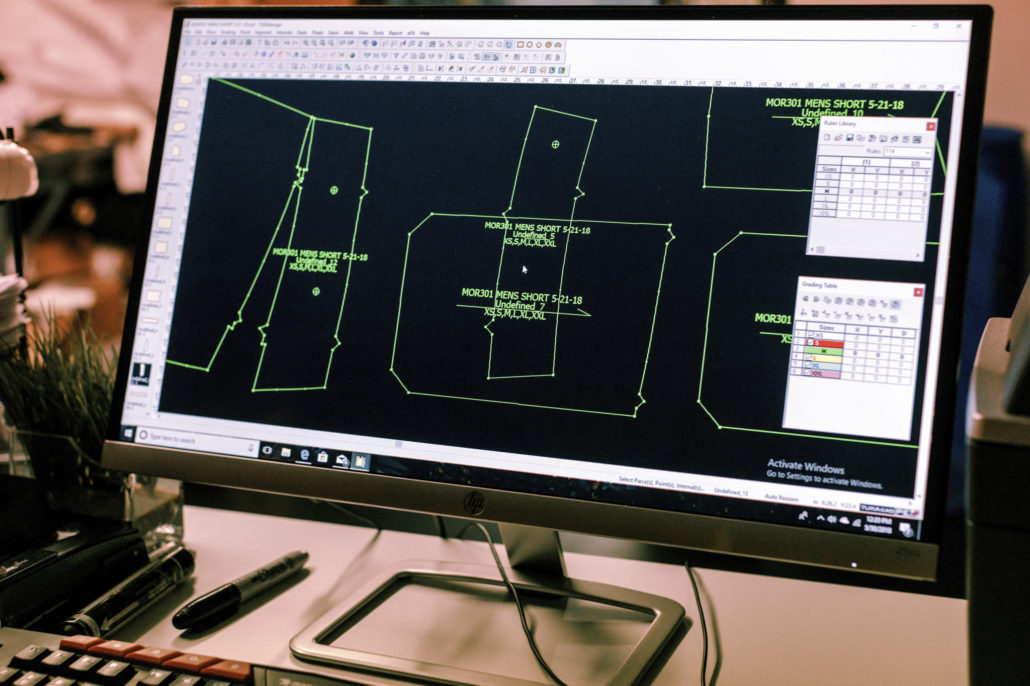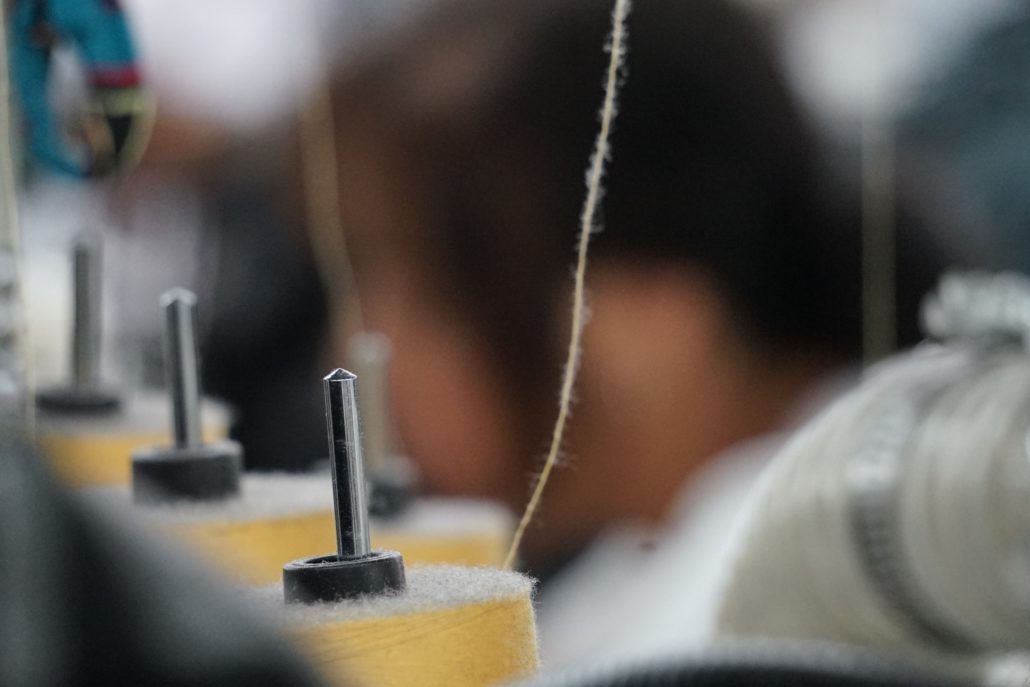There is a small clothing factory nestled within Little Armenia, smack in the middle of Hollywood, in sight of the Griffith Observatory. It sits behind a small, brick-lined alley that is filled with chatter and jovial smiles, and wavers between smelling like a cigar club and savory bakery. Here a historic outdoor brand founded in California has piloted a return to California soil, bringing some of its manufacturing back to the USA for the first time in over thirty years. Now closer to its namesake mountain range, Sierra Designs will soon release the California Collection: a brand-new line of apparel and backpacks for the modern adventurer.

The collection will be manufactured in three cities across California, each dedicated to a particular product. The factory in Los Angeles exclusively produces apparel—another factory in Orange County will tackle backpacks, and a third in Truckee handles hats. For now, these three cities carry the torch of this company’s historic foothold in the Golden State.
Sierra Designs was founded in Berkeley in 1965, where it went on to develop staples of the outdoor gear industry like tent clips and the 60/40 parka. They manufactured their products domestically until 1984, when they closed their factory in Oakland and shipped operations overseas to contractors in Asian markets. 19 years later they moved out of California entirely, having shifted their home office to Boulder, Colorado. But with the introduction of the California Collection, they’re coming back home.

The new collection only makes up approximately 5-10% of Sierra Designs’ annual volume. What it lacks in volume, however, is made up for in impact. Across the three California manufacturing locations the new line is responsible for between 40 and 50 jobs, and cutting out international shipping lowers Sierra Designs’ carbon footprint by at least 7.5%.
Manufacturing in the US is no easy task, though. Domestic production has meant a fair amount of sacrifice. Labor costs are high, limiting volume and variety; difficulty sourcing fabric within the US that fits the company’s light, thin, durable standard forced compromise with materials. Even the stitching required cuts—a late design shift was necessary when machinery essential for a particular suture was unavailable.
 But the idea of going back to their roots was too important to abandon. The collection found its inspiration from a chance encounter with Sierra Designs’ history—Sako Shahinian, Sierra Designs’ creative director, came across an old box that had moved with the company from California to Boulder, and discovered a veritable treasure trove of old 30mm slides, photos, and catalogues. In short, a mini company time capsule.
But the idea of going back to their roots was too important to abandon. The collection found its inspiration from a chance encounter with Sierra Designs’ history—Sako Shahinian, Sierra Designs’ creative director, came across an old box that had moved with the company from California to Boulder, and discovered a veritable treasure trove of old 30mm slides, photos, and catalogues. In short, a mini company time capsule.
“All of a sudden,” said Shahinian, “there’s this real Sierra Designs history that no one even knows. or anybody has even cracked open through the years.” And it wasn’t alone—several other boxes had been scattered around different departments, each containing a dusty wealth of artifacts from the company’s past. This tangible history became the foundation of the California Collection, a reflection of the company’s legacy, pride, and mission.

“From day one, we said this was going to be a principled thing—an investment for Sierra Designs to try and do,” said Sako Shahinian, Sierra Designs’ creative director. “It’s easy to do photoshoots and marketing [in California]. This is the hard stuff.”
Keeping things small and utilitarian was the key. “We’re making things that live beyond the backcountry,” said Shahinian. He described their new backpacks as 50/50: 50% for trail use, 50% for urban day-to-day. “We… wanted to make it look and feel like something that you can actually wear in urban settings,” he noted. “You can go to the market or go to the bar without feeling like you have some equipment on you.”
So whether you’re looking for day trip leggings, a 50/50 backpack, or a hat that fits backcountry as easily as concrete jungle, the California Collection keeps you covered. We can all appreciate quality products made in the USA, but it’s especially sweet when a brand steps up and goes back to what (or in this case, what place) made it great in the first place.
